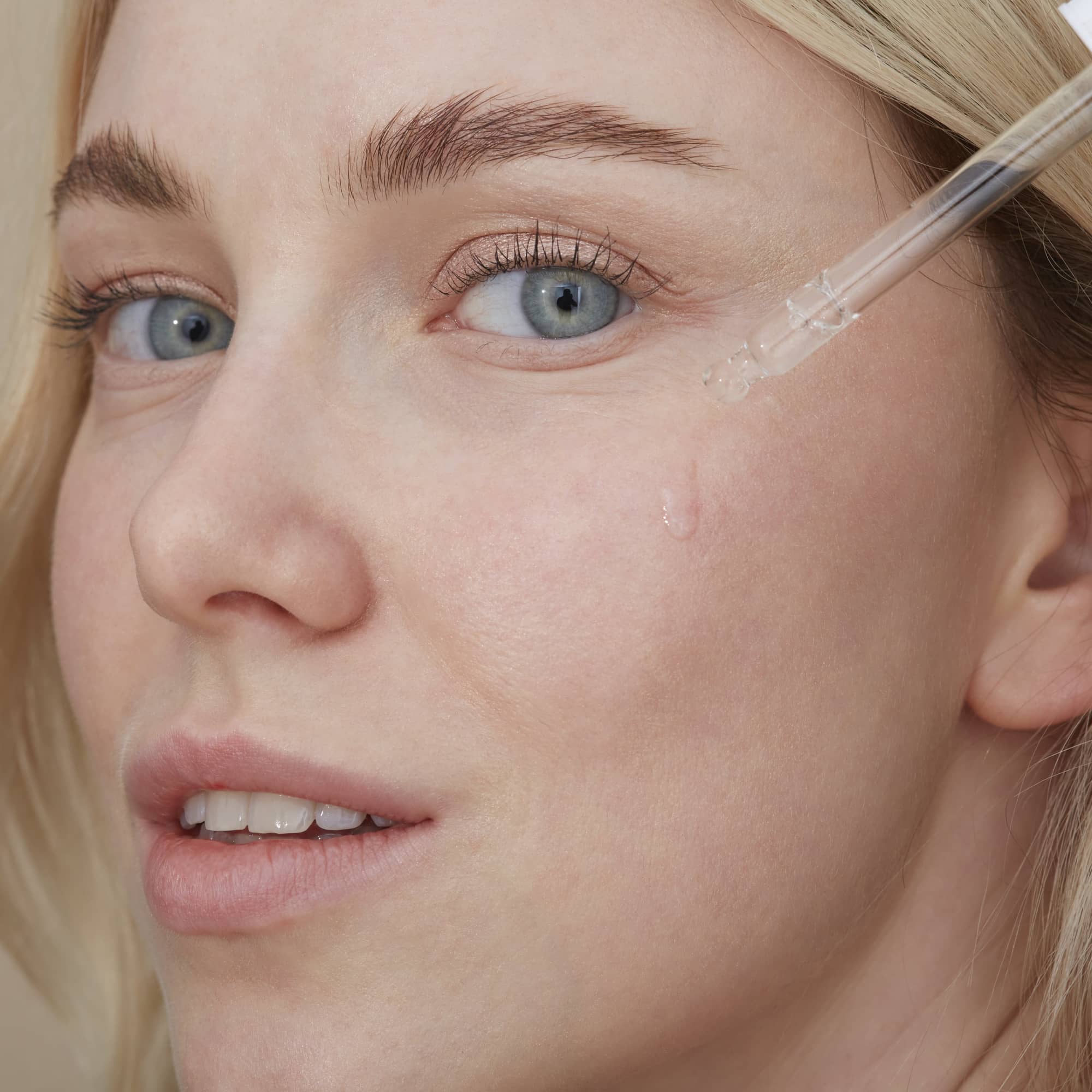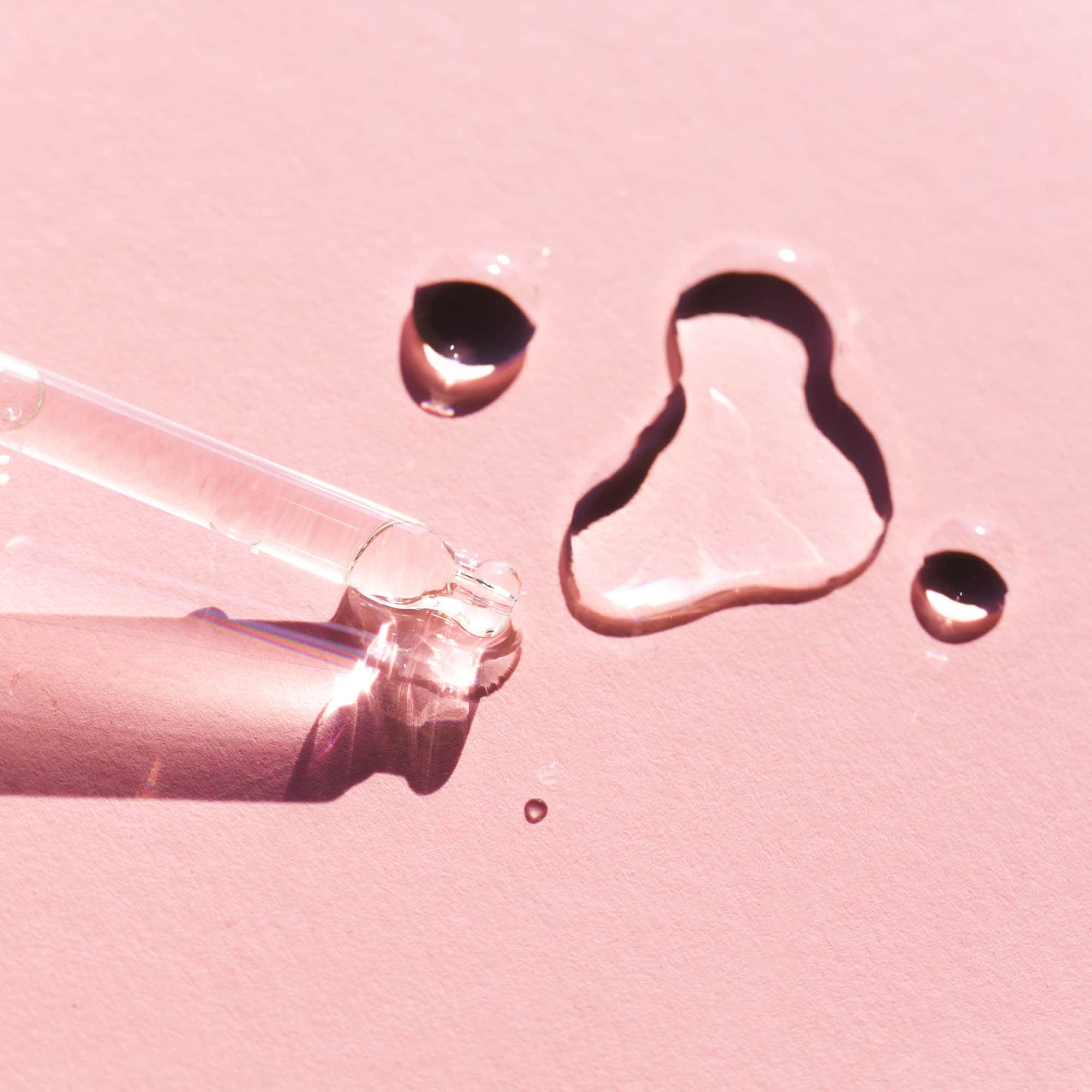
- POPSUGAR Australia
- Beauty
- What Are Alpha Hydroxy Acids (AHAs)? Allow a Dermatologist to Explain
What Are Alpha Hydroxy Acids (AHAs)? Allow a Dermatologist to Explain

Exfoliation is key to glowing, smooth, even skin – it can help with acne, dry patches, texture, and discolouration. Still, we’ve come a long way since the days of harsh physical scrubs filled with microplastics that do more harm than good. The favourite exfoliants these days are chemical and go by the name alpha hydroxy acids, or AHAs.
Even if you didn’t realise it, you’ve probably used alpha hydroxy acids before. They can be found in countless skin-care products from cleansers to serums, and are a powerful player in the world of beauty. Name a skin-care goal and AHAs can probably help you accomplish it – but don’t just take our word for it. Keep reading to learn more about alpha hydroxy acids, what they do, and how to use them.
What Are Alpha Hydroxy Acids (AHAs)?
The term alpha hydroxy acids refers to a category of exfoliating acids. “[They’re] natural water-soluble acids made from plant or animal products such as sugar, milk, and fruit,” Ife J. Rodney, MD, founding director of Eternal Dermatology + Aesthetics, previously told POPSUGAR.
Examples of Alpha Hydroxy Acids (AHAs)
Common examples of AHAs include glycolic acid, lactic acid, malic acid, citric acid, tartaric acid, and mandelic acid. The smaller the molecular weight of the AHA, the deeper it penetrates into the skin, and therefore, the more effective it is. With this in mind, glycolic acid, which comes from sugar cane, is the most potent AHA.
Skin-Care Benefits of Alpha Hydroxy Acids (AHAs)
AHAs come with a long list of benefits, which is why dermatologists love them so much. “AHAs work by helping to break the bonds between surface skin cells in order to increase peeling and cell turnover. They also stimulate collagen production in deeper skin layers, which results in more youthful, radiant-looking skin with a more even skin tone and texture,” Dr. Rodney said.
While alpha hydroxy acids can cause some dryness (as can all forms of exfoliation), they’re suitable for normal, dry, acne-prone, and oily skin types – just not those with sensitive skin.
How to Use Alpha Hydroxy Acids (AHAs) in Your Skin-Care Routine
There are plenty of skin-care products on the market containing AHAs. You can get your chemical exfoliation from cleansers, toners, serums, exfoliating peel pads, and face masks. Just be cautious to only use one exfoliating product at a time to lower your risk of irritation.
– Additional reporting by Tori Crowther



